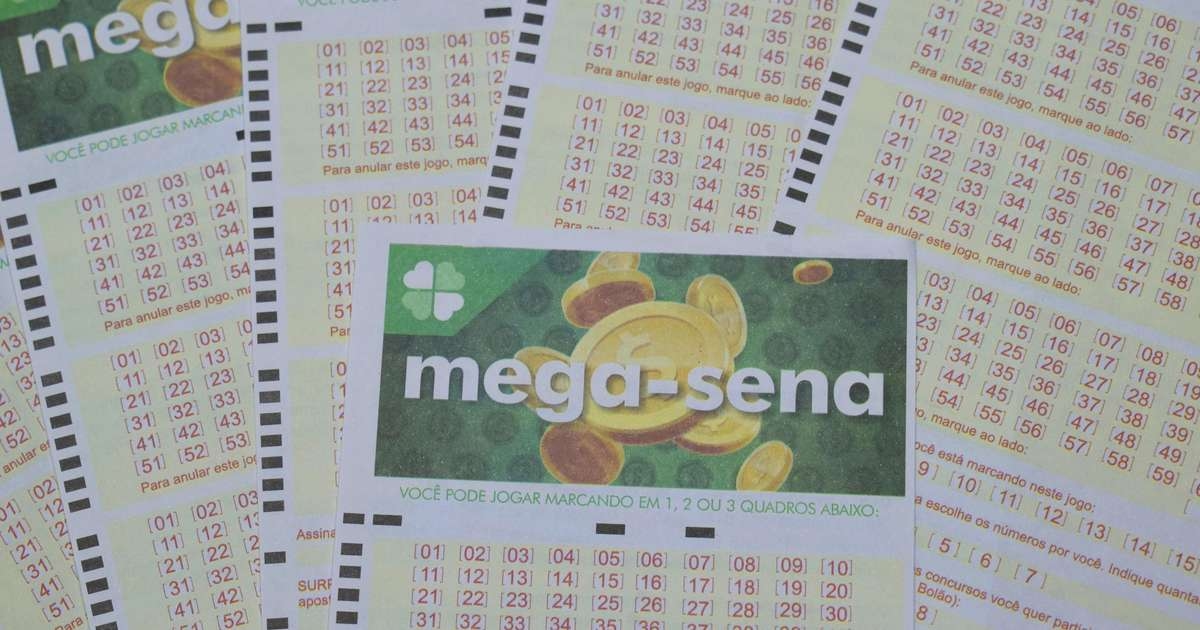Number of Brazilians with debt grows 26% in 10 years

Default rates have risen again in Brazil, reaching a record high in 2025. According to the National Confederation of Retail Managers (CNDL) and the Credit Protection Service (SPC Brasil), 71.86 million consumers are in arrears—representing 43.1% of the adult population. Ten years ago, the figure was 57 million, equivalent to 38.8%.
Default growth was 26.1% since 2015. In September alone, the number of debtors increased by 8.9% compared to the same month of the previous year.
Delinquencies of three to four years led the recent increase, accounting for 20.4% of total debt. Close behind are debts of one to three years, accounting for 36%. On average, each consumer owed R$4,801.45 and had debt obligations with 2.22 creditors.
Three in ten defaulters owed up to R$500. When debts of up to R$1,000 are considered, the percentage rises to 43.6%. Defaults, therefore, are concentrated in low amounts, but with a strong cumulative impact.
Young and middle-aged adults lead the default ratesDefault is most common among people aged 30 to 39, a group that accounts for 23.5% of debtors. Next come the 40 to 49 age group (21.1%) and 50 to 64 age group (20.1%). Among young people aged 18 to 24, the rate is 8%, equivalent to 5.7 million Brazilians.
The gender division remains balanced: 51.18% of women and 48.8% of men face credit restrictions.
Despite having the lowest absolute number of debtors, the Central-West region has the highest default rate: 46.6% of adults in the region have bad credit. In the North, the rate is 46%. In the Southeast and Northeast, the rate remains around 43%, reflecting the national rate.
Structural factors sustain the default situationAccording to CNDL president José César da Costa, the country faces a scenario of structural default. He cites four main reasons: a high number of defaulters, a predominance of small debts, high recidivism rates, and a slow recovery.
Costa advocates for joint actions between the government and the private sector to reduce the cost of credit. "Without coordinated initiatives between the market, the government, and incentives for financial education, the credit system will remain expensive and exclusionary," he stated.
Roque Pelizzaro Junior, president of SPC Brasil, links the default rate to the rise in social media purchases. "The platforms have a deep understanding of consumers' desires and encourage impulsive purchases," he said.
The economist recommends reducing digital exposure as a strategy to curb spending. "Limiting social media usage, uninstalling shopping apps, or opting out of promotional groups helps prevent excessive consumption and develop savings habits," he added.
gazetadopovo




